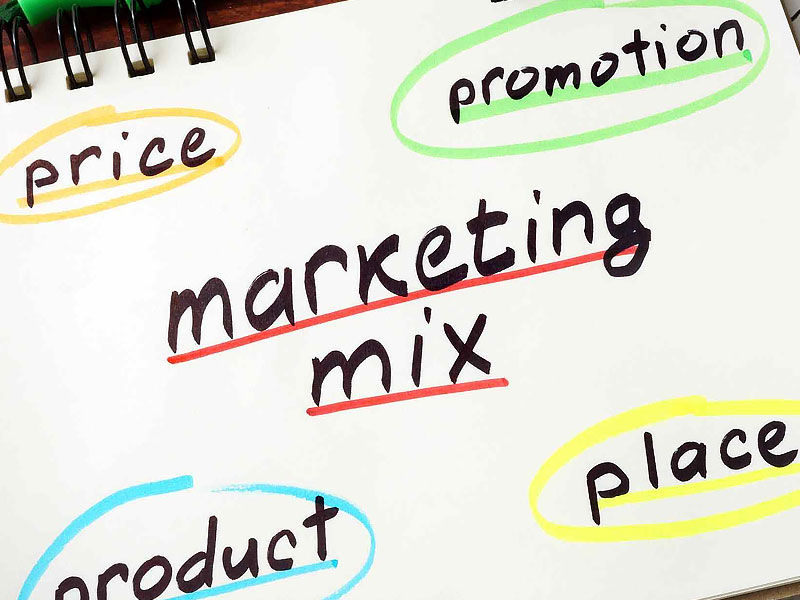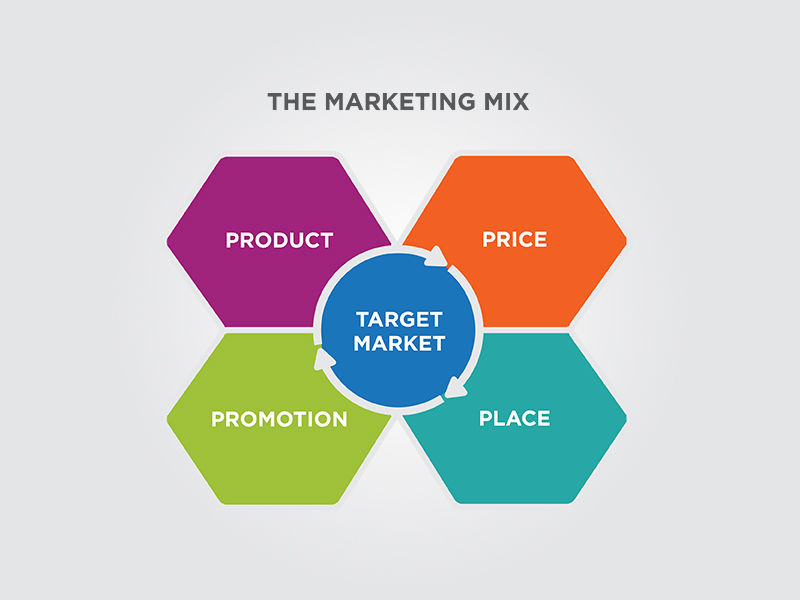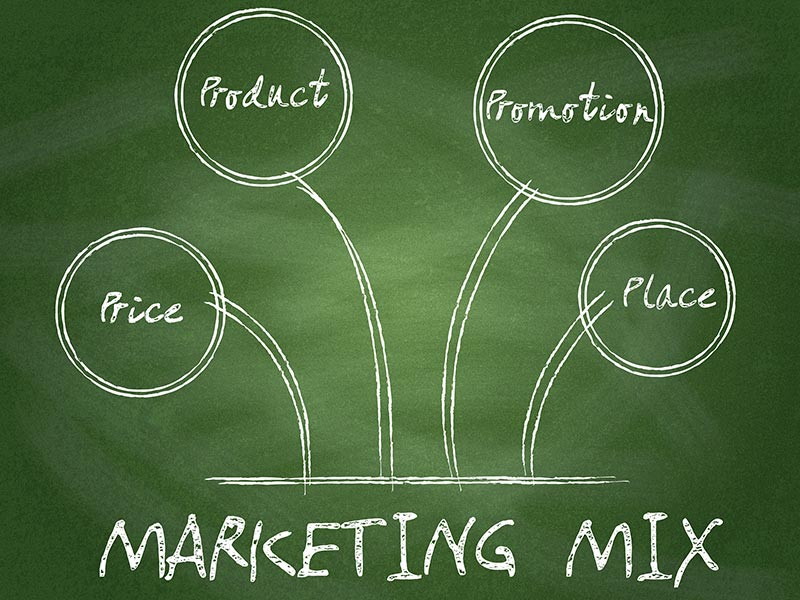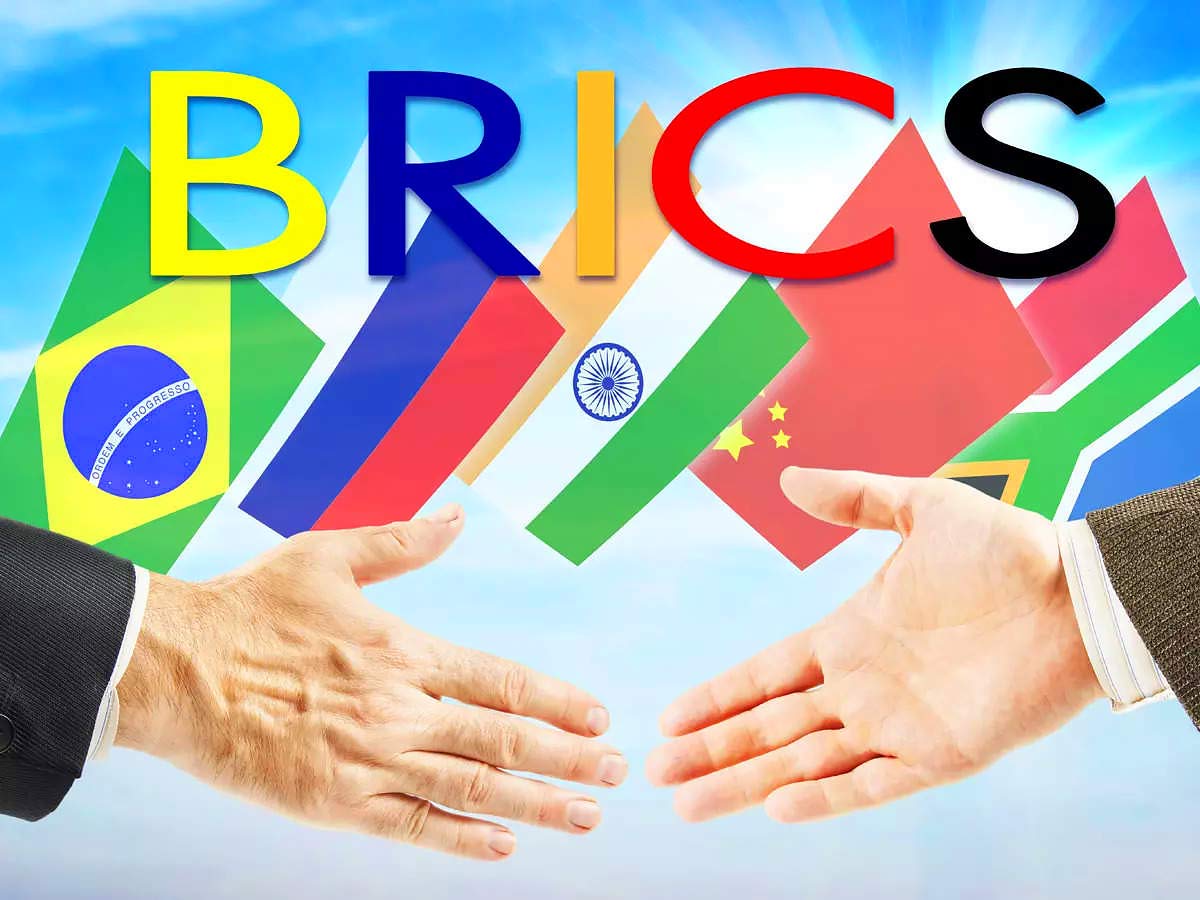Marketing is a constantly dynamic field. As such, organizations might fall well behind the competition if they remain stagnant for too long. The fundamental modifications to the core Marketing mix are one illustration of this progression. Whereas there were formerly four Ps to explain the mix, it is now widely agreed that a more developed seven Ps gives a much-needed extra layer of depth to the Marketing Mix, with some theorists going even farther.
The 7 Ps in Marketing is a series of well-known marketing methods that you can employ in any order to please clients in your target market. The 7 Ps in Marketing are manageable, but they are affected by your internal and external marketing environments. Using a ‘tactical marketing mix’ means combining these many marketing approaches to satisfy the demands and desires of your clients.

What exactly is Marketing Mix?
The marketing mix is the collection of actions or approaches used to sell a company’s brand or product. The four Ps of a fundamental marketing mix is price, product, promotion, and place. Other Ps, such as Process, People, and even Physical evidence, are becoming more important in today’s marketing mix.
Here’s how you may use the 7 Ps in marketing to every aspect of your marketing mix:
1. Product
The term “product” refers to what you are offering, as well as all of the characteristics, advantages, and benefits that your clients can have by purchasing your goods or services. When marketing your product, consider the important qualities and benefits that your customers desire or want, such as (but not limited to) styling, quality, repairs, and accessories.
Also Read, What are the various types of Marketing?
2. Price
This refers to your price plan for items and services, as well as how it will affect your customers. You should determine how much your customers are willing to pay, how much you need to mark up to cover overheads, your profit margins and payment options, and other charges. You may also want to consider discounts and seasonal pricing to entice customers and maintain your competitive advantage.
Develop the habit of constantly examining and reexamining the prices of the products and services you sell to ensure they are still appropriate to market realities. You may need to lower your prices from time to time. Other times, it may be necessary to raise your prices. Many businesses have discovered that the profitability of certain products or services does not justify the effort and resources expended in producing them. They may lose some customers due to raising their prices, but the remaining percentage generates a profit on every sale.
3. Promotion
Advertising, sales strategies, promotions, and direct marketing are examples of promotional activities used to make your customers aware of your products and services. These are sometimes referred to as marketing strategies.
Small changes in how you promote and sell your products can have a big impact on your results. Even minor changes in your advertising can result in immediate increases in sales. By simply changing the headline on an advertisement, experienced copywriters can often increase the response rate from advertising by 500%.
Large and small businesses in every industry are constantly experimenting with new advertising, promoting, and selling their goods and services.

4. Place
The fourth P in the marketing mix is the actual location where your product or service is sold. Make it a habit to go over and reflect on the exact location where the customer meets the salesperson. A shift in location can sometimes result in a significant increase in sales.
The place is where your items and services are seen, manufactured, sold, or distributed. Customer access to your items is critical, and it is critical that customers easily find you.
You may distinguish yourself from the competition by designing your retail area and employing efficient visual merchandising tactics. Even if you are not a retail firm, location is a crucial aspect of your marketing strategy. Your customers may require expedited shipping or prefer to purchase locally created goods.
5. People
Develop the habit of thinking about the people inside and outside your company who are in charge of all aspects of your sales, marketing, and activities.
People refer to the employees and salesmen who work for your company, including you. When you give exceptional customer service, you create a positive experience for your consumers and, as a result, sell to them. As a result, current clients may spread the word about your exceptional service, and you may receive referrals. Give your company a competitive advantage by hiring the right people, training them to improve their abilities, and retaining good employees.
Also Read, Social Media Marketing: 6 Key Benefits For Online Businesses
6. Process
The processes involved in delivering your products and services to the consumer are referred to as processes. It is also important to be ‘easy to do business with.’
A well-defined procedure guarantees that you:
Delivering the same level of service to your clients regularly saves time and money by enhancing efficiency.
The process of getting your product to the consumer should be designed for maximum efficiency and dependability. Still, it should also include consistent features with your brand, such as being environmentally or sustainably focused.
With the rise of online shopping, digital partnerships and logistics have become critical marketing mix components.

7. Physical evidence
Everything your customers see while dealing with your company is referred to as physical evidence. This includes the following:
The physical environment in which you offer your product or service, the layout or interior design of your packaging, and your branding
Physical evidence might also apply to your employees’ attire and demeanor.





























